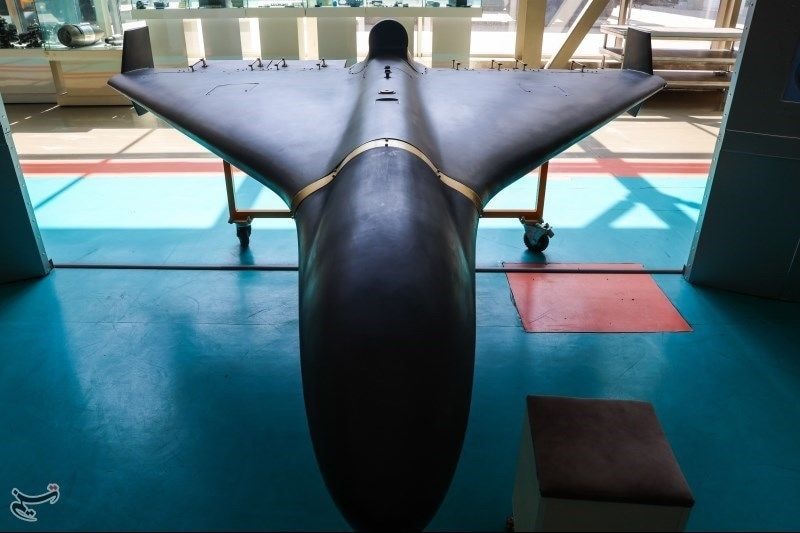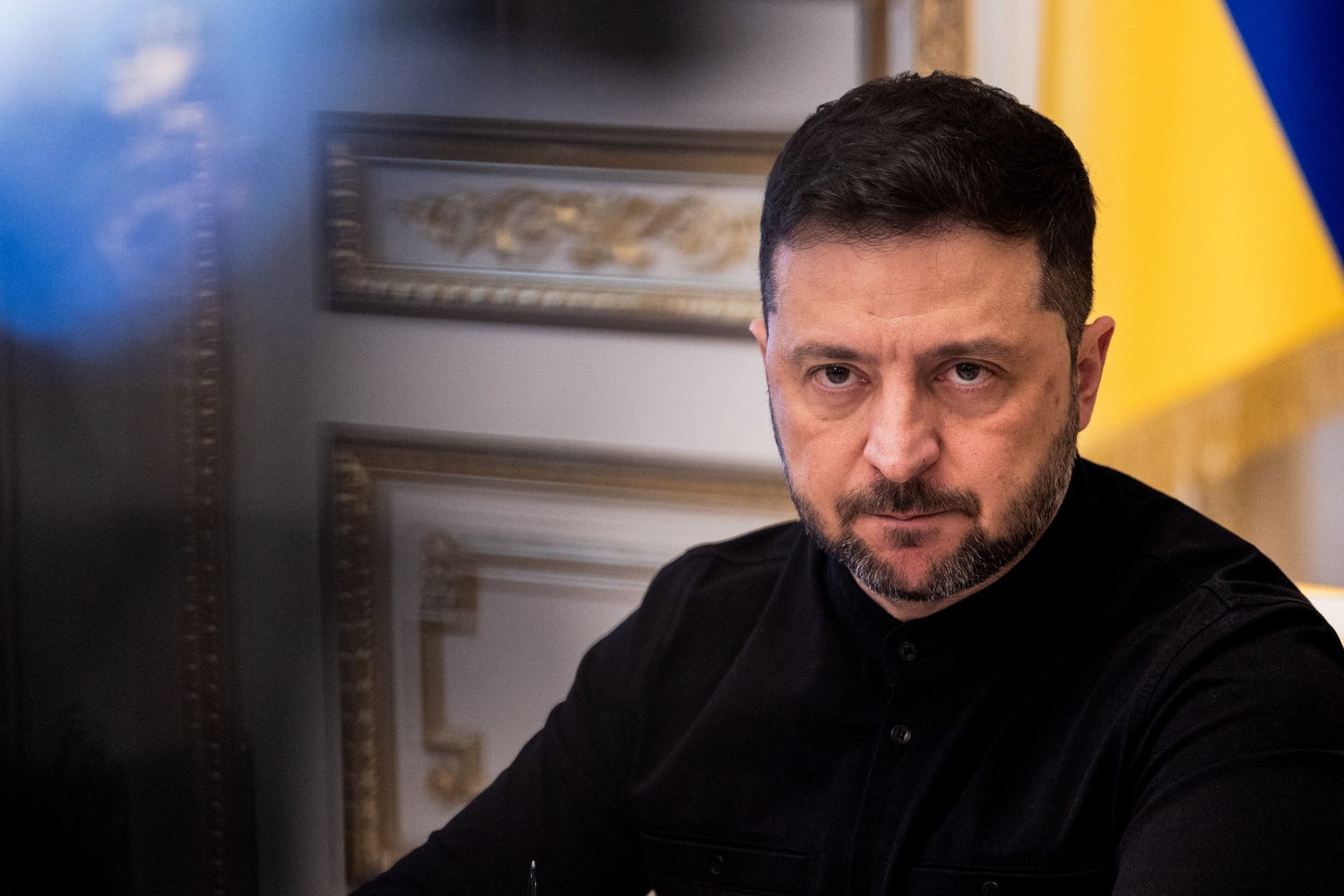The meaning behind the vyshyvanka, Ukraine's traditional shirt
Vyshyvanka, the traditional embroidered shirt or dress, is a central element of Ukraine’s national attire. (Liza Yablonska-Mykhailus)
Vyshyvanka, the Ukrainian word for an embroidered shirt or dress, is the central feature of Ukraine’s traditional clothing. Traditionally made of linen, the designs are often ornate and colorful and represent features of Ukraine’s landscape or cultural values.
In the past, vyshyvankas were worn regularly by both men and women in Ukrainian villages, with highly specific regional differences. Nowadays, they are mostly worn for national holidays and festivities, including on Vyshyvanka Day, which is celebrated this year on May 15.
In recent years, vyshyvankas have become more popular and more fashionable, fueled by a heightened interest in Ukrainian national identity in the wake of the 2013-2014 EuroMaidan Revolution and the subsequent Russian illegal annexation of Crimea and invasion of Ukraine’s eastern Donbas region, as well as Russia’s full-scale invasion of Ukraine in February 2022.
What do vyshyvanka patterns symbolize?
Traditionally, there are six main colors of Ukrainian embroidery: white, black, red, blue, yellow, and green, each with its own significance.
Red and black are the most commonly used colors in vyshyvanka patterns. Red is considered to represent luck, joy, and love. Black, contrary to its association with sorrow, symbolizes wisdom in Ukrainian embroidery.
The color black is also said to symbolize Ukraine’s fertile soil. In some regions, vyshyvankas were decorated with black ornaments for weddings to wish the couple wealth and a strong marriage.

The color white in Ukrainian embroidery is associated with purity, innocence, and holiness. Vyshyvankas with blue embroidery were traditonally worn by men, especially those going to war, as the color blue is considered a kind of amulet that protects against diseases and brings peace of mind.
Yellow represents the color of the sun and wheat, symbolizing abundance, joy, and well-being. The color green symbolizes spring and youth.
The patterns on vyshyvankas often include three main motifs: plants, animals, and geometric shapes. Plant patterns represent the “tree of life,” prosperity, and harvest.
Some vyshyvanka patterns are abstract and feature only geometric shapes, such as rhombuses, said to be associated with fertility. In the past, a young unmarried woman would have had this kind of vyshyvanka.

The design of the vyshyvanka varies depending on the region, and at one point in history were even a marker of someone’s specific village. The embroideries of Kyiv Oblast usually have geometric-plant ornaments with stylized bunches of grapes, hops or eight-petal rosettes.
The main colors of the Kyiv region are white, coral-red, and black. In Ukraine’s southern oblasts, the embroidery technique has unique polychrome ornaments like a cross. In the western parts of Ukraine, many villages have their own specific vyshyvanka patterns that vary from village to village.
Where does Ukrainian embroidery come from?
Vyshyvankas are said to have existed since the fifth century in Ukraine, since the time of Scythians, an ancient nomadic group of people from the territory that is now modern-day Ukraine and southern Russia. Statues of Scythian women were found with the elements of the pattern that could be considered the first vyshyvanka.
Embroidery dating back to Kyivan Rus from the 10-12th centuries features shirts with anthropomorphic motifs, images of plants and animals, and many geometric figures. In Kyivan Rus, men’s shirts were adorned with embroidery only near the collar, while women's shirts were more ornately embroidered, especially near the collar, on the sleeves, and on the hem of a skirt.
In the 11th century, Anna Vsevolodovna, the sister of Volodymyr Monomakh who reigned as Grand Prince of the Kyivan Rus from 1113 to 1125, opened a school for girls where they were taught the art of embroidery.
There are multiple records of embroidered clothes in written sources such as “The Tale of Igor's Campaign,” an anonymous epic poem written in the Old East Slavic language dating back to the late 12th century, and the Hypatian Codex, a collection of chronicles rediscovered in what is today Ukraine in 1617 and considered the most important source of historical data for the southern Kyivan Rus.
For Cossacks in the Zaporozhian Sich, a semi-autonomous proto-state in southern Ukraine that existed between the 16th and 18th centuries, vyshyvankas served as talismans in battles to protect their lands from enemies. According to different sources, Cossacks believed that embroidered shirts with linen brought them closer to the motherland, and helped and inspired warriors to win in battle.
When is Vyshyvanka Day?
Ukrainians nowadays wear vyshyvankas on special occasions such as national holidays or weddings. They are also worn to celebrate the Day of Vyshyvanka every third Thursday of May. This holiday is aimed at preserving Ukrainian culture and folk art.
The idea for the Day of Vyshyvanka comes from a Chernivtsi university student, Lesia Voroniuk, who suggested in 2006 that her classmates and all students choose one day to all wear vyshyvankas.
A couple of years later, it had become a national tradition. The Ukrainian diaspora supported the idea of this holiday worldwide and now also wear vyshyvankas on that day.







